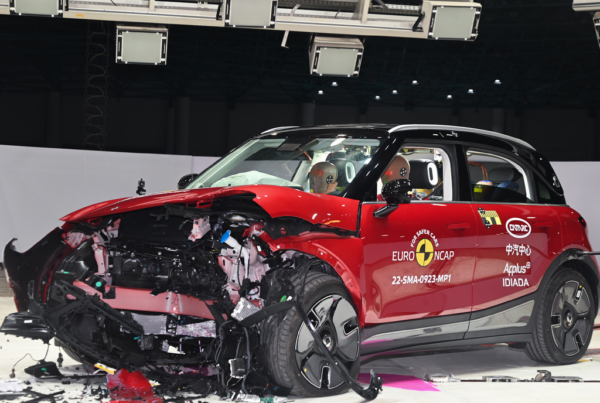Three hot hints for greening up your fleet
The UK’s electric vehicle market uptake has increased significantly over the last 18 months, encouraged by the kind of tax incentives, grants and cost-saving benefits Australian motorists and fleet managers wait in frustration for.
In the meantime, Lex AutoLease’s principal consultant Chris Chandler in the UK says taking to your fleet to greener pastures is as easy as:
- Becoming an early adopter of new technologies like ultra low-emission vehicles such as Toyota Corolla and Camry Hybrids, Priuses, Nissan LEAFs and hydrogen fuel cell vehicles in future like the Hyundai ix35 FCEV or Toyota Mirai. Adopting this approach as part of a wider Corporate Social Responsibility strategy paves the way for the inherent benefits low- or zero-emission vehicles offer. Ensuring the investment in these technologies will pay off is key to winning over financial directors and chief executives – deliver on cost effectiveness.
“Increasingly both public and private sector organisations want to demonstrate a ‘hearts and minds’ approach to adopting sustainable, environmentally sensitive policies to build credibility and loyalty with customers and employees alike,” he said.
Toyota Mirai performs hydrogen fuel cell tech’s first official ‘blockie’ in Australia.
- Lower mileage and shorter, more frequent vehicle utilisation is the perfect environment for a pure electric vehicle. Plug-in hybrids offer benefits of not having to juggle fuel cards, suffer downtime to refuel and service internal combustion engines, and are widely considered quiet and less taxing on the driver to operate offering a safety benefit.
“Moving away from traditionally-fuelled vehicles to new technologies requires a new thought process and key discussions must be based on the type of driving carried out on a daily basis to ensure the most appropriate technology is selected,” Chandler said. - Education and adaptation may be necessary to adjust to the unique aspects of such vehicles as plug-in hybrids. “If a plug-in hybrid is not charged regularly and gets driven primarily in the diesel or petrol mode, few environmental or fuel cost savings will actually be realised.” So it’s important to assess the vehicle’s operation in detail to ensure it will be appropriate, practical and safe for staff to operate. Looking to the horizon, this scenario is only going to become more prominent.
“The future will see a variety of new fuel types launched to meet different transport needs, from pure electric and hybrids to hydrogen fuel cell-powered vehicles…the challenge will be to look forward and think which new fuel technology best suits a business’ needs.”
Don’t just lash out and buy a swarm of the zippiest electric cars on the market – just because you’ve got ‘the Tesla grin’, doesn’t make it the most viable business decision. Likewise, a 200km-range LEAF may not cut it.
Decisions, decisions.
For more in-depth insight into greening your fleet, Uniting Communities’ Lee Sauerwald, instrumental at helping the South Australian organisation become Australia’s first registered charity declared carbon neutral, can offer guidance in his FleetDrive feature article here.






